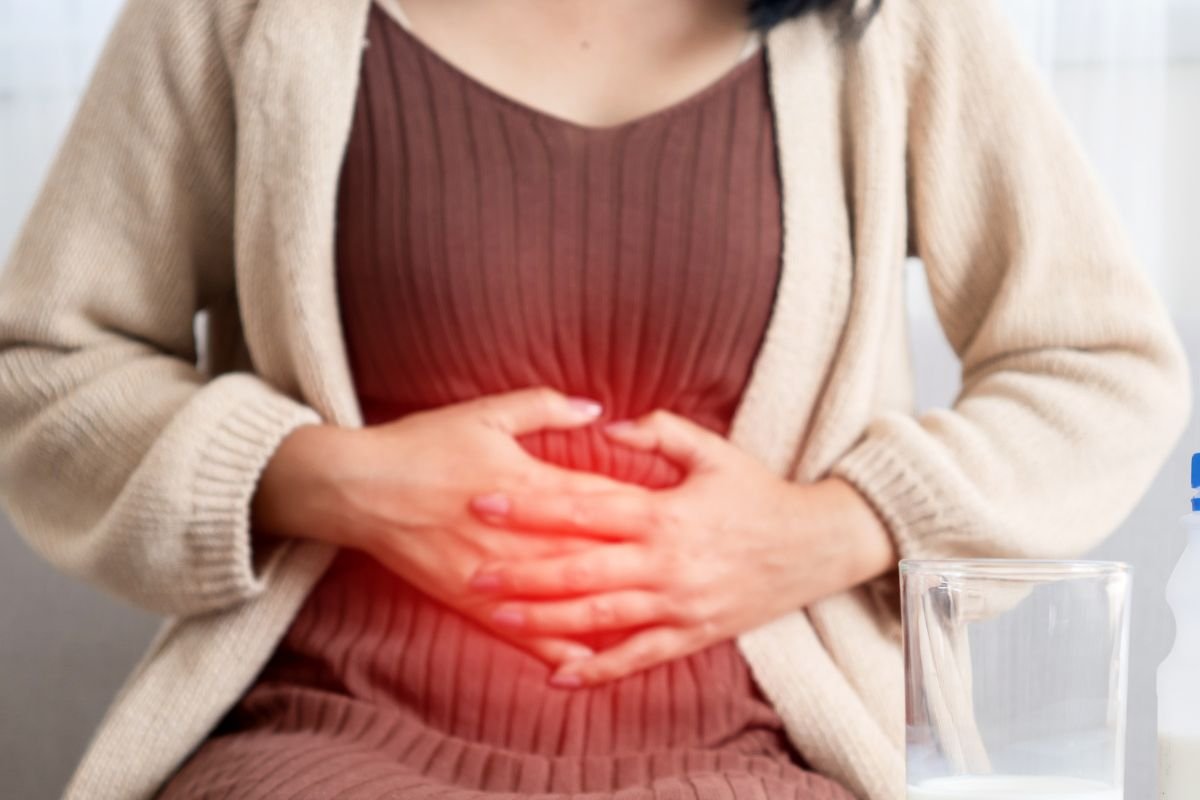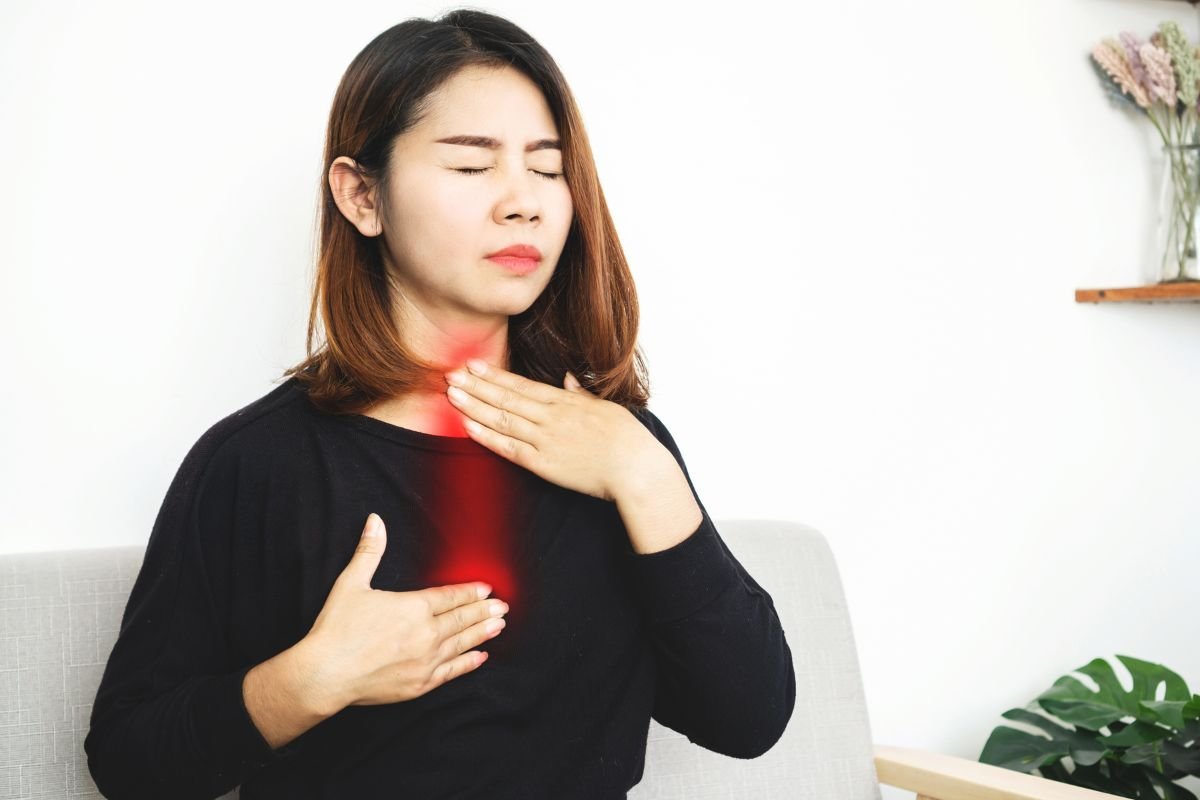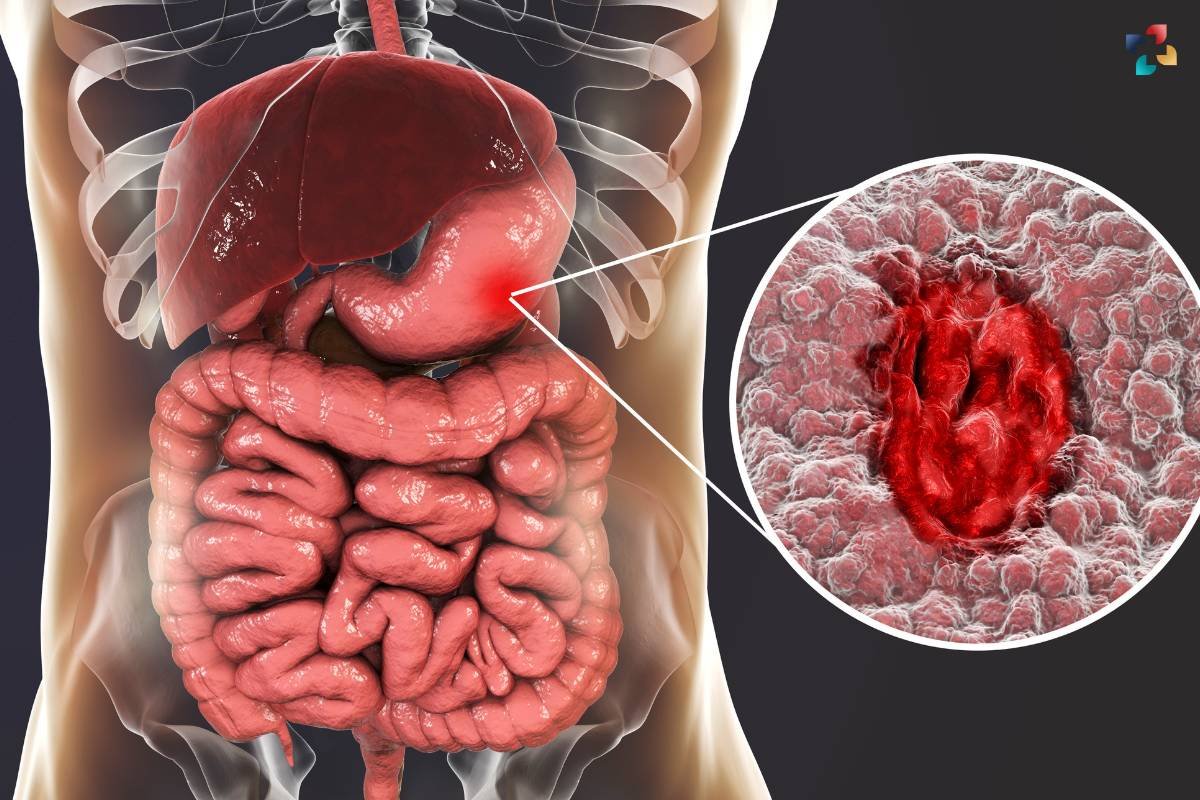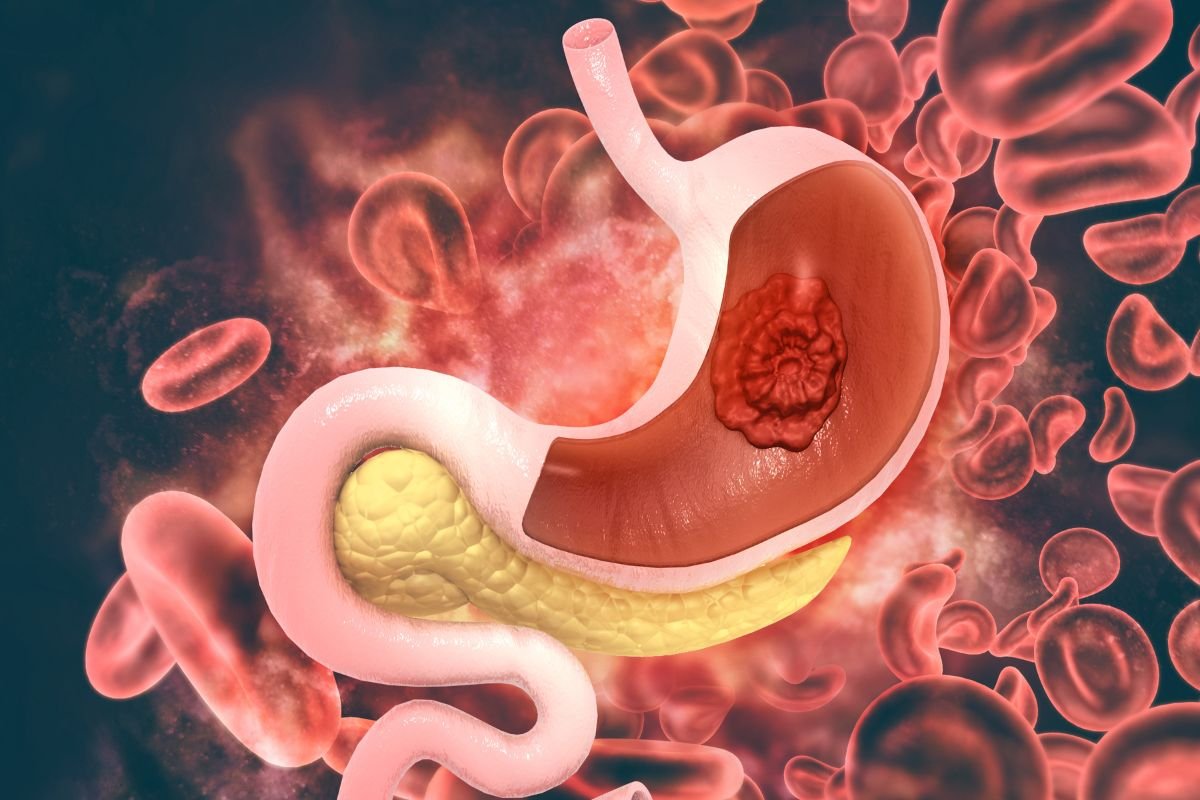Peptic ulcer disease (PUD) is a condition where open sores develop on the inner lining of the stomach, small intestine, or esophagus. These sores, known as ulcers, occur when the protective mucus layer that lines these organs is reduced, allowing digestive acids to cause damage. The peptic ulcer disease symptoms can range from mild discomfort to severe pain, and understanding these symptoms is crucial for timely diagnosis and treatment. In this article, we will delve into the various symptoms of peptic ulcer disease, their causes, and the importance of seeking medical attention.
What is Peptic Ulcer Disease?
Peptic ulcer disease encompasses both gastric ulcers, which occur in the stomach, and duodenal ulcers, which develop in the upper part of the small intestine. The most common cause of PUD is an infection with the bacterium Helicobacter pylori (H. pylori). Other factors contributing to the development of peptic ulcers include the long-term use of nonsteroidal anti-inflammatory drugs (NSAIDs), excessive alcohol consumption, smoking, and stress.
Common Symptoms of Peptic Ulcer Disease
Recognizing the symptoms of peptic ulcer disease is essential for early diagnosis and treatment. Here are the most common peptic ulcer disease symptoms:
1. Abdominal Pain
Abdominal pain is the hallmark symptom of peptic ulcer disease. This pain is often described as a burning or gnawing sensation and is typically located in the upper abdomen. The pain may fluctuate in intensity and can be temporarily relieved by eating food or taking antacids, only to return later. The timing of the pain can also provide clues; duodenal ulcer pain often occurs a few hours after meals and may wake the patient at night, while gastric ulcer pain tends to be exacerbated by eating.
2. Bloating and Belching

Bloating and belching are common peptic ulcer disease symptoms. Patients may experience a feeling of fullness or swelling in the abdomen. Belching, or burping, frequently accompanies this bloating and can provide temporary relief from the discomfort.
3. Nausea and Vomiting
Nausea and vomiting are also indicative of peptic ulcer disease symptoms. The nausea can be persistent or come and go, and vomiting may occur when the condition is severe. In some cases, vomiting may contain blood, which is a sign of a bleeding ulcer and requires immediate medical attention.
4. Loss of Appetite and Weight Loss
Loss of appetite and unintentional weight loss are concerning symptoms of peptic ulcer disease. The discomfort and pain associated with eating can lead patients to avoid food, resulting in decreased caloric intake and subsequent weight loss.
5. Indigestion
Indigestion, also known as dyspepsia, is another common symptom of peptic ulcer disease. Patients may experience a sensation of fullness, discomfort, or pain in the upper abdomen after eating. This symptom can be mistaken for other gastrointestinal conditions, making it important to seek medical evaluation for an accurate diagnosis.
Severe Symptoms of Peptic Ulcer Disease
While the above symptoms are common and can cause significant discomfort, there are more severe symptoms associated with peptic ulcer disease that indicate complications and require urgent medical attention:
1. Hematemesis
Hematemesis, or vomiting blood, is a serious symptom of peptic ulcer disease. The blood may appear bright red or have a coffee-ground appearance, indicating bleeding in the stomach or small intestine. This symptom necessitates immediate medical evaluation and treatment.
2. Melena
Melena refers to black, tarry stools, which indicate the presence of digested blood. This symptom suggests a bleeding ulcer and requires prompt medical attention. Melena can be accompanied by weakness, dizziness, and a drop in blood pressure due to blood loss.
3. Perforation
Perforation occurs when an ulcer creates a hole in the wall of the stomach or small intestine. This leads to the leakage of stomach contents into the abdominal cavity, causing severe pain, a rigid abdomen, and signs of infection such as fever. Perforation is a medical emergency and requires surgical intervention.
4. Gastric Outlet Obstruction

Gastric outlet obstruction is a complication of peptic ulcer disease where the ulcer causes swelling or scarring that blocks the passage of food from the stomach to the small intestine. Symptoms include severe vomiting, bloating, and an inability to tolerate food or liquids. This condition requires immediate medical evaluation and treatment.
Diagnosing Peptic Ulcer Disease
If you experience any of the peptic ulcer disease symptoms mentioned above, it is important to seek medical attention for a proper diagnosis. The following diagnostic methods are commonly used to identify peptic ulcers:
1. Endoscopy
An endoscopy is a procedure where a thin, flexible tube with a camera (endoscope) is inserted through the mouth to visualize the stomach and small intestine. This allows the doctor to directly observe the ulcers and take tissue samples for testing.
2. Barium Swallow
A barium swallow involves drinking a liquid containing barium, which coats the digestive tract and makes it visible on X-rays. This can help identify the presence of ulcers and other abnormalities.
3. H. pylori Testing
Testing for H. pylori infection is crucial in diagnosing peptic ulcer disease symptoms. This can be done through blood tests, stool tests, breath tests, or tissue samples obtained during an endoscopy.
Treatment of Peptic Ulcer Disease
The treatment of peptic ulcer disease aims to relieve symptoms, heal the ulcers, and prevent complications. The approach to treatment depends on the underlying cause of the ulcers:
1. Antibiotics
If H. pylori infection is present, a combination of antibiotics is prescribed to eradicate the bacteria. This helps heal the ulcers and prevent recurrence.
2. Proton Pump Inhibitors (PPIs)
PPIs are medications that reduce the production of stomach acid, allowing the ulcers to heal. Commonly prescribed PPIs include omeprazole, esomeprazole, and lansoprazole.
3. H2-Receptor Antagonists
H2-receptor antagonists, such as ranitidine and famotidine, also reduce stomach acid production and promote ulcer healing.
4. Antacids
Antacids can provide quick relief from ulcer pain by neutralizing stomach acid. They are often used in combination with other medications.
5. Lifestyle Modifications
Lifestyle changes can help manage peptic ulcer disease symptoms and prevent recurrence. These include avoiding NSAIDs, reducing alcohol consumption, quitting smoking, managing stress, and following a balanced diet.

Peptic Ulcer Disease: Understanding Causes, Symptoms, and Treatment Options
Peptic ulcer disease (PUD) is a prevalent gastrointestinal disorder characterized by open sores, known as ulcers, that develop on the lining of the stomach, small intestine, or esophagus. In this article, we delve into the causes, symptoms, diagnosis, and treatment options for peptic ulcer disease.
Preventing Peptic Ulcer Disease
While not all cases of peptic ulcer disease can be prevented, certain measures can reduce the risk:
1. Avoid NSAIDs
Limit the use of NSAIDs or use them under the guidance of a healthcare provider. If you need to take these medications regularly, consider taking a PPI or H2-receptor antagonist to protect your stomach lining.
2. Quit Smoking

Smoking increases the risk of developing peptic ulcers and can delay healing. Quitting smoking can improve your overall digestive health.
3. Moderate Alcohol Consumption
Excessive alcohol consumption can irritate the stomach lining and contribute to ulcer formation. Drink alcohol in moderation, if at all.
4. Manage Stress
Chronic stress can exacerbate peptic ulcer disease symptoms. Practice stress-reducing techniques such as meditation, yoga, and regular exercise.
5. Eat a Balanced Diet
A diet rich in fruits, vegetables, and whole grains can promote digestive health. Avoiding spicy, acidic, and fried foods may help reduce symptoms.
Conclusion
Peptic ulcer disease is a common condition that can cause significant discomfort and lead to serious complications if left untreated. Recognizing the symptoms of peptic ulcer disease, such as abdominal pain, bloating, nausea, and vomiting, is crucial for timely diagnosis and treatment. Severe symptoms, including vomiting blood and black stools, require immediate medical attention. By seeking appropriate medical care and making lifestyle modifications, individuals with peptic ulcer disease can manage their symptoms and improve their quality of life. If you experience any peptic ulcer disease symptoms, consult a healthcare provider for proper evaluation and treatment.







